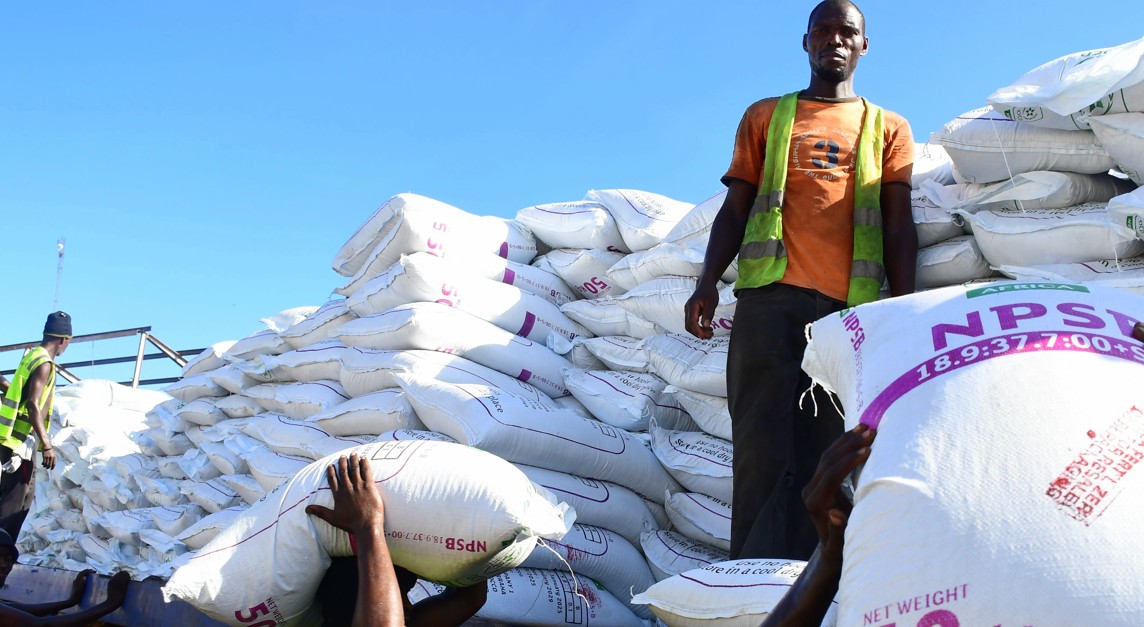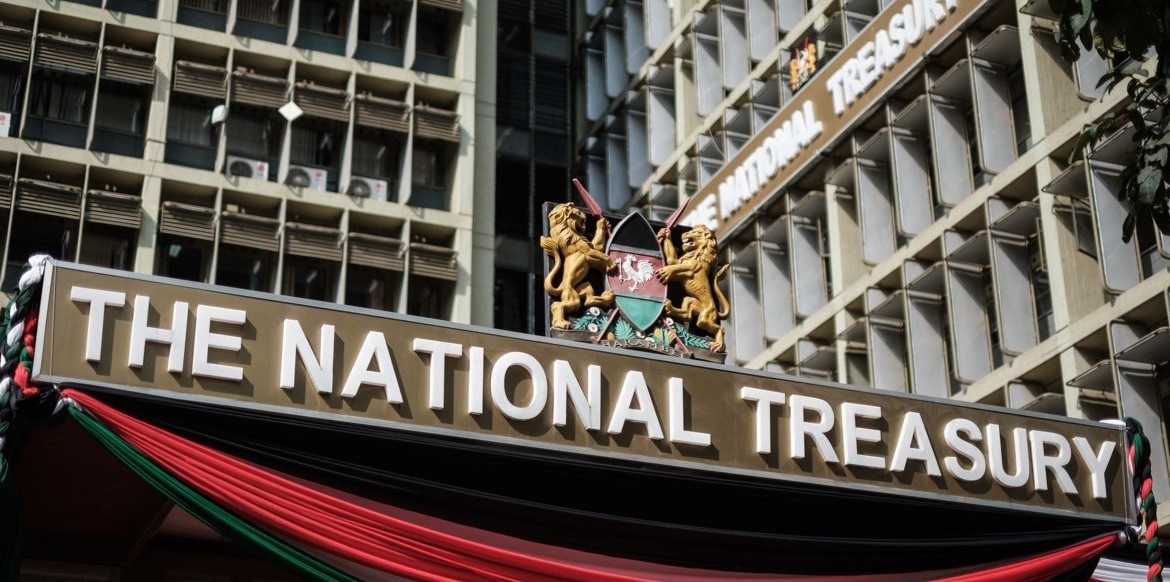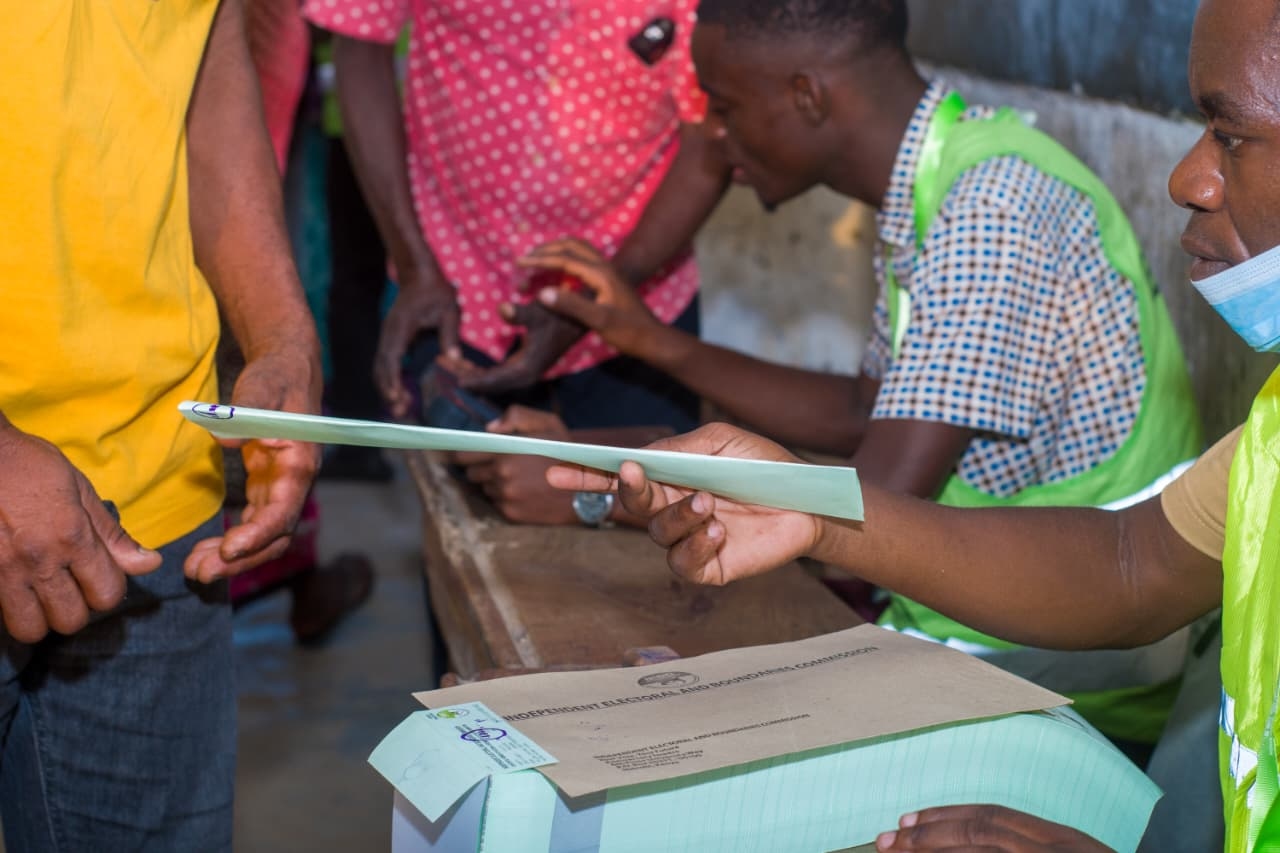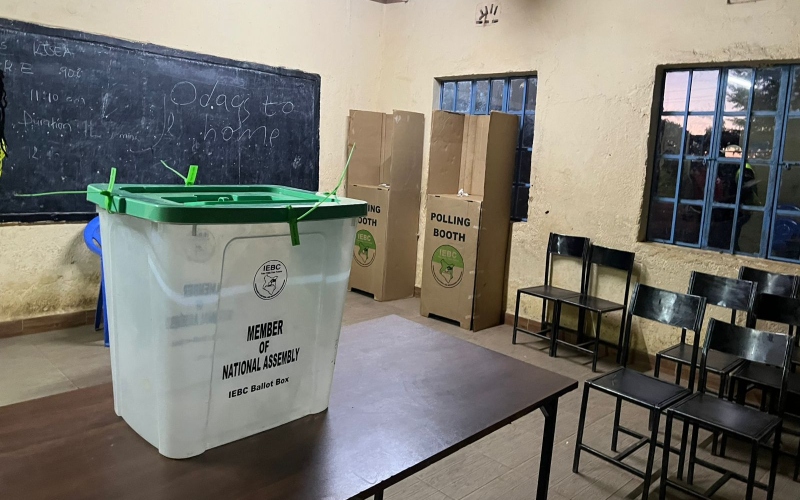World Bank warns soaring fertiliser prices could drive up Kenya’s food production costs

Production capacity in major exporting countries remains constrained, and although shipping and energy costs are easing, they have not dropped enough to counter structural shortages.
A new World Bank report has warned that rising global fertiliser prices could drive up food production costs in Kenya just as the planting season begins, putting pressure on farmers and consumers alike.
According to the World Bank’s October 2025 Commodity Markets Outlook, fertiliser prices rose by an average of 19 to 21 per cent year-on-year, making them the only major commodity group to defy the global trend of easing prices.
More To Read
- Africa’s agricultural exports are losing ground: Four key interventions that could lift sector again
- World Bank sounds alarm as Kenya’s labour market weakens, wages fall and informal jobs surge
- World Bank upgrades Kenya’s growth outlook to 4.9 per cent, warns of elevated risks
- Residents to receive Sh500 million compensation for Isiolo-Garbatulla-Modogashe road project
- Africa’s share of global extreme poverty rose by 30 per cent in 10 years - World Bank
- Africa lags in ID cards coverage as experts urge inclusive access
The report attributes the sustained increase to tight global supply, export restrictions and logistical challenges, noting that “China has restricted exports of nitrogen and phosphate fertilisers, while Belarus, a major potash supplier, remains under EU sanctions. Together with Russia, it is also subject to new EU tariffs on fertilisers”, which have kept prices elevated throughout 2025.
“Fertiliser prices have continued to climb, by 19 per cent in the first nine months of 2025 (year-on-year), reflecting strong demand, the effects of trade restrictions and production shortfalls,” the Bank added.
It also projects fertiliser costs to rise by 21 per cent over the full year.
While global energy prices are expected to fall by 12 per cent in 2025 and a further 10 per cent in 2026, and food and metal prices are projected to ease modestly, fertiliser remains an outlier, with market rates far above pre-pandemic averages.
Kenya relies heavily on imports for its fertiliser, sourcing most stocks from China, Russia and Saudi Arabia. The global price rally could keep local procurement and retail prices high, even as the government continues to implement subsidies through the National Fertiliser Support Programme, which allows farmers to access discounted inputs via the National Cereals and Produce Board.
Data from the Kenya Bureau of Statistics (KBS) highlights the pressure on food prices, showing double-digit growth in key staples last month compared to a year earlier. Tomato prices jumped 37.3 per cent, sifted maize flour rose 16.4 per cent, and loose maize grain increased 13.7 per cent.
Other items recording significant year-on-year increases included fortified maize flour (16.5 per cent), sukuma wiki (15.4 per cent), spinach (11.9 per cent), cabbage (20.3 per cent) and onions (12 per cent).
The World Bank notes that global fertiliser markets have struggled to stabilise since the supply disruptions triggered by the 2022 conflict in Ukraine.
Production capacity in major exporting countries remains constrained, and although shipping and energy costs are easing, they have not dropped enough to counter structural shortages.
Prices are, however, expected to ease slightly by about five per cent in 2026, but any rebound in natural gas costs or extended export restrictions could reverse the trend.
For Kenya, agriculture accounts for nearly one-fifth of the gross domestic product, with fertiliser among its largest recurring input expenses.
While government subsidies have lowered retail prices from above Sh6,500 per 50kg bag at the 2022 peak to between Sh1,775 and Sh3,500 in selected counties, the persistent global price surge could limit the programme’s effectiveness in cushioning farmers from high import costs.
Top Stories Today















































